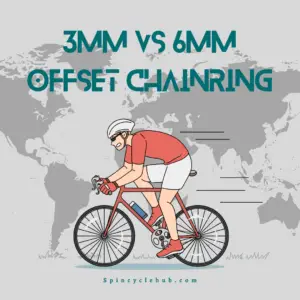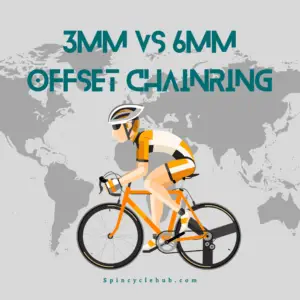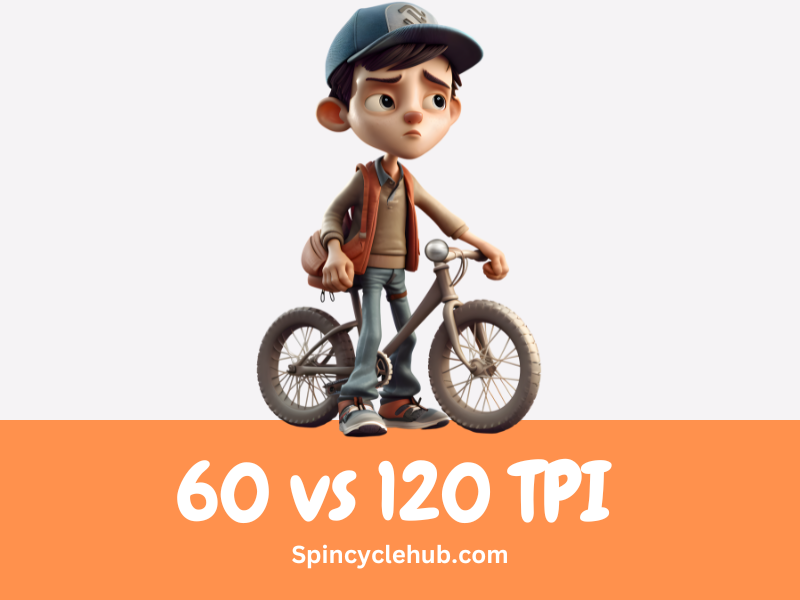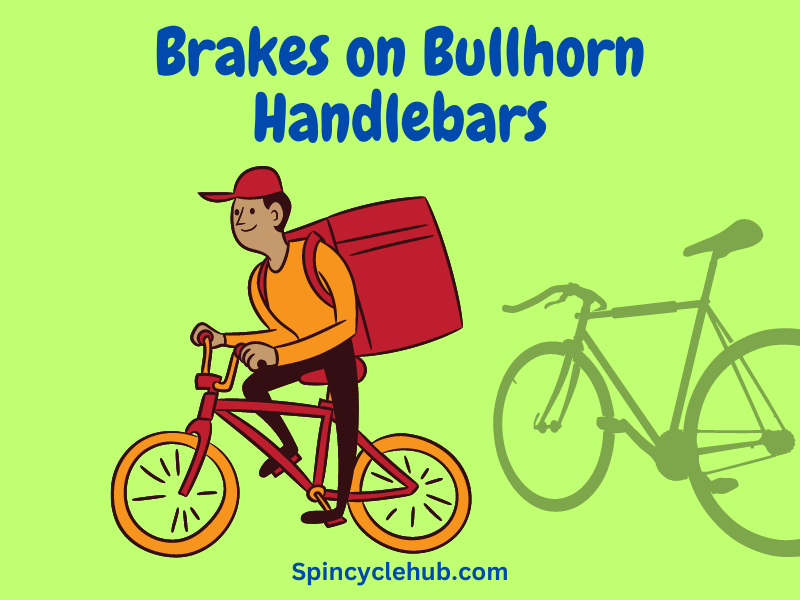Introduction
Whether you’re a passionate cyclist or just someone who enjoys the occasional ride, you know that having the right gear can make a significant difference in your cycling experience. One crucial component that can greatly impact your bike’s performance is the chainring. In this article, we’ll dive into the debate between 3mm and 6mm offset chainrings and help you understand which one might be the best fit for your cycling needs.
Why Chainrings Matter
Before we delve into the offset debate, let’s take a moment to understand why chainrings matter. The chainring is the front gear on your bike that the chain wraps around. It plays a crucial role in transferring power from your legs to the bike’s drivetrain, ultimately propelling you forward. The size and design of the chainring can affect your pedaling efficiency, gear ratios, and overall bike performance.

What is Offset in Chainrings?
The offset in chainrings refers to the distance between the chainring’s mounting face and the centerline of the crank arm. It determines the lateral position of the chainring relative to the bike frame. Chainrings come in various offsets to accommodate different bike frames, chainstay lengths, and chainline requirements.
The Benefits of 3mm Offset Chainrings
1. Enhanced Chainline: A 3mm offset chainring brings the chain closer to the bike frame, resulting in an improved chainline. This alignment reduces friction and improves shifting performance, leading to smoother gear changes.
2. Better Frame Compatibility: Some bikes, especially those with wider chainstays or Boost rear axle spacing, benefit from a 3mm offset chainring. It helps align the chainring with the rear cassette, optimizing the chain’s engagement and reducing the chance of chain drop or derailments.
3. Improved Tire Clearance: If you’re riding a bike with limited tire clearance, a 3mm offset chainring can provide more room between the chainring and the tire. This extra clearance helps prevent the chain from rubbing against the tire during extreme gear combinations or in muddy conditions.
The Advantages of 6mm Offset Chainrings
1. Wider Q-Factor: The 6mm offset chainring increases the Q-factor, which is the distance between your feet when pedaling. This wider stance can offer additional stability, especially for riders with wider hips or those seeking a more comfortable riding position.
2. Chainline Adjustments: If you’re dealing with a bike that has specific chainline requirements, a 6mm offset chainring allows for greater adjustability. It enables fine-tuning the chainline to optimize shifting performance and prevent any chain-related issues.
3. Boosting Clearance on Narrow Frames: For bikes with narrower chainstays or frames that have limited tire clearance, a 6mm offset chainring can provide a solution. By moving the chainring outward, it creates more space between the chainring and the tire, reducing the risk of interference.
How to Choose the Right Offset Chainring?
Choosing between a 3mm and 6mm offset chainring ultimately depends on various factors, including your bike’s frame, tire clearance, desired chainline, and personal preference. Here are some steps to help you make an informed decision:
Assess Your Bike and Frame Specifications
Examine your bike’s specifications and determine if it has any specific requirements for chainline, tire clearance, or compatibility with different offsets. Consult your bike manufacturer’s guidelines or reach out to a professional bike mechanic for advice.
Consider Your Riding Style and Terrain
Think about the type of riding you do and the terrain you encounter most frequently. Are you a road cyclist who enjoys long-distance rides? Or maybe you’re an avid mountain biker who tackles challenging trails? Your riding style and terrain can influence the offset choice that suits you best.
Evaluate the Pros and Cons
Weigh the advantages and disadvantages of each offset option. Consider factors like gear ratios, chainline efficiency, tire clearance, and frame compatibility. Evaluate how each offset aligns with your specific needs and goals as a rider.
Seek Expert Opinion
If you’re unsure about which offset to choose, don’t hesitate to seek advice from experienced cyclists, bike shop professionals, or bike fitting specialists. Their expertise can provide valuable insights tailored to your unique requirements.
Conclusion
The 3mm vs. 6mm offset chainring debate boils down to finding the right balance between chainline efficiency, tire clearance, frame compatibility, and personal preference. Both options offer distinct advantages and are designed to address specific bike setups and rider needs. By assessing your bike’s specifications, considering your riding style and terrain, and weighing the pros and cons of each offset, you can make an informed decision that enhances your cycling experience.

FAQs
Q1: Can I switch from a 3mm offset chainring to a 6mm offset chainring on my bike?
A1: It depends on your bike’s compatibility and specifications. Consult your bike manufacturer’s guidelines or seek professional advice to ensure the switch is compatible with your bike.
Q2: Are 3mm and 6mm offset chainrings compatible with all types of bikes?
A2: Chainring compatibility varies depending on the bike’s frame, drivetrain, and specifications. Check your bike’s requirements and consult experts to determine the compatibility of different offset chainrings.
Q3: How can I measure the offset of my current chainring?
A3: To measure the offset of your current chainring, you’ll need a caliper or a specialized offset measurement tool. Measure the distance between the mounting face and the centerline of the crank arm.
Q4: Are there any other factors besides offset to consider when choosing a chainring?
A4: Yes, there are other factors to consider, such as tooth count, material, and shape. These factors can impact your gear ratios, shifting performance, and overall bike efficiency.
Q5: Can I experiment with different offset chainrings to find the best fit for me?
A5: Absolutely! If you’re open to experimentation, you can try different offset chainrings to see which one suits your riding style and preferences. Just ensure they are compatible with your bike and drivetrain setup.
Important Links:
1. BikeTips – Chainrings explained
2.How to find the right chainring size
Watch this one,
Video Credits – absoluteBLACK.cc
DOWNLOAD THIS ARTICLE :3mm vs 6mm Offset Chainring
You May Also Like
-
Trek Slash with Coil Shock: Unleash Your Mountain Biking Thrills
-
Seasucker Bike Rack Failure: Avoiding Mishaps and Ensuring Secure Transportation



